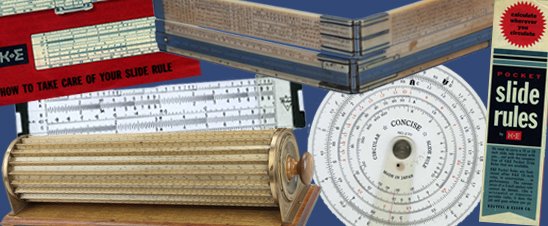This aluminum duplex slide rule is coated with "traditional" white plastic. The indicator is flat and made from nylon (hence the "N" in the model number). The front of the rule has two square root scales; K, A, B, ST, S, T, CI, C, D, and DI scales; and three cube root scales.
- Description
-
This aluminum duplex slide rule is coated with "traditional" white plastic. The indicator is flat and made from nylon (hence the "N" in the model number). The front of the rule has two square root scales; K, A, B, ST, S, T, CI, C, D, and DI scales; and three cube root scales. The back of the rule has LL0, LL1, DF, CF, CIF, Ln, CI, C, D, LL2, and LL3 scales. Markings on the rule are described for the nearly identical 2009.0019.01. The rule fits in a burgundy leather case printed with the Pickett logo in gold. A strap and hook on the back attach the case to a belt.
-
Pickett was making a Model 3 slide rule as early as 1954, but the scales were arranged differently and the front of the slide had the tables found on Model 2. (See 1979.0601.02.) The logo on this instrument was used between 1964 and 1975. The shape of the indicator and the shape of the metal end pieces are consistent with this date range.
-
For related documentation, see 1980.0097.05 and 1980.0097.06.
-
References: Dieter von Jezierski, Slide Rules: A Journey Through Three Centuries, trans. Rodger Shepherd (Mendham, N.J.: Astragal Press, 2000), 75–76; Pickett All-Metal Slide Rules, catalog 164-A (Chicago: Pickett & Eckel, Inc., 1954), 11.
- Location
-
Currently not on view
- date made
-
1964-1975
- maker
-
Pickett Industries
- ID Number
-
1980.0097.01
- catalog number
-
1980.0097.01
- accession number
-
1980.0097
